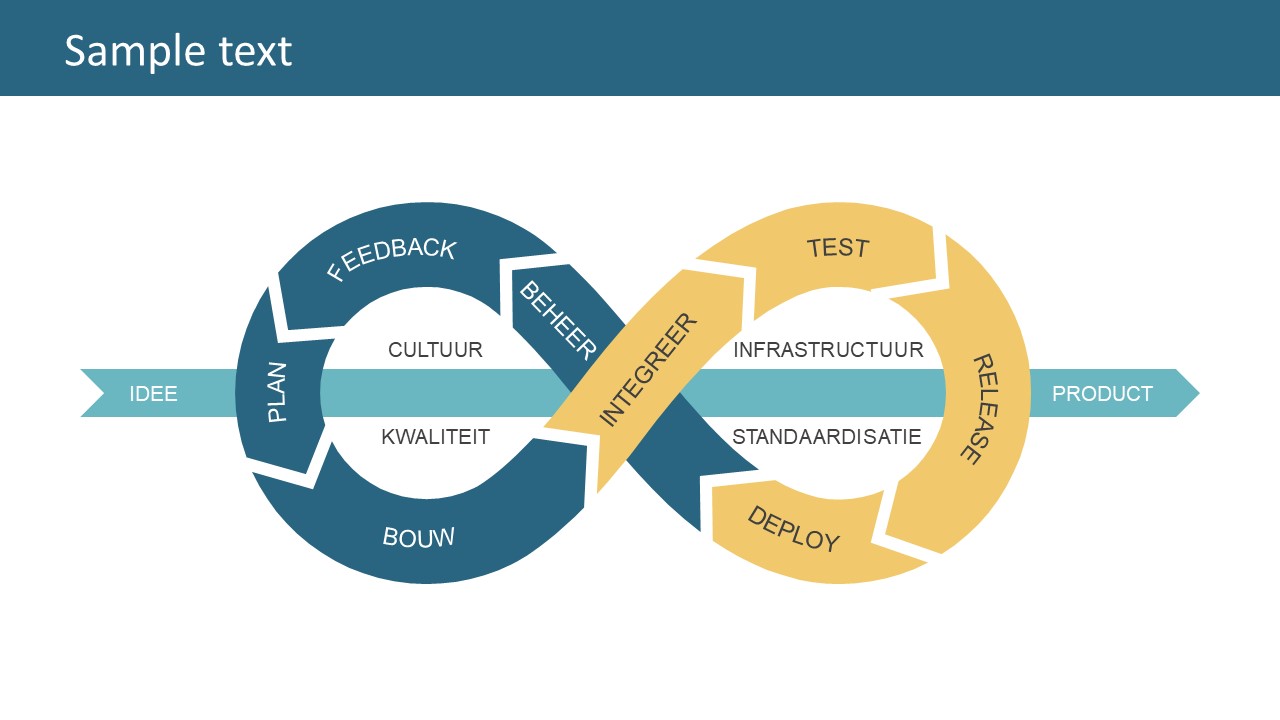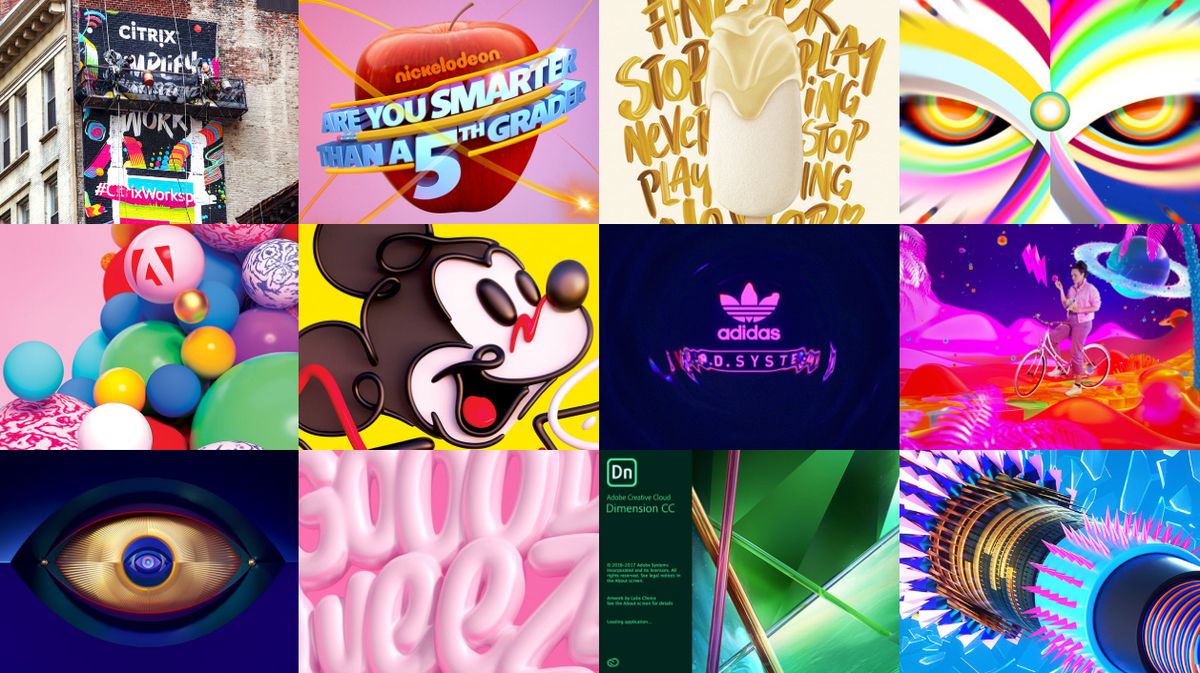Table Of Content
- Agile and iterative approach to product development
- Continuous Product Design: Best Practices for Successful Implementation
- Principles Guiding Continuous Product Design
- Reduced time to market
- Here Comes the Sun: Manufacturers Share Their Solar Power Journeys
- Design Clarity: Key Questions for Product Designers

In fact, nearly any research method can be adapted to a continuous discovery process. The validation stage is where the prototype is tested for value and ease of use. Instead of a basic visual concept, users are now validating a product’s first functional state. Feedback here should focus on ease of use, goal accomplishment, and initial quality.
Agile and iterative approach to product development
Their agile response to market changes is a testament to the power of continuous product design and showcases the importance of adaptability in today’s dynamic marketplace. Release processes were slower and customer feedback only occurred in the final phases of development. System designers are also responsible for organizing placement of the important features within the product. The system designer handles categories, optimization and organization of the information.
Continuous Product Design: Best Practices for Successful Implementation

This feedback allows teams to understand customer needs and adjust product features to better meet these needs. Agile product development makes it easy to deliver digital products faster than ever. Continuous Product Design makes it possible to extend the principles of agile product development across the business. And by connecting customer signals to every phase of the digital product lifecycle, teams can learn faster, agree on priorities, and deliver the products that customers want. Choose a pilot project that allows your team to test and refine the new approach.
Continuous evolution is crucial in product development, processes, technology, and thinking, says Daya Shanker, CTO ... - CIO News
Continuous evolution is crucial in product development, processes, technology, and thinking, says Daya Shanker, CTO ....
Posted: Tue, 13 Feb 2024 08:00:00 GMT [source]
Principles Guiding Continuous Product Design
Since its introduction in the 1990s, the agile Development Process has been adopted by many organizations across the globe. By implementing these product development strategies, companies can drive innovation, create value for customers, and achieve sustainable growth in an increasingly competitive marketplace. Accessible design exploration allows for hundreds of design options and pushes the boundaries of sustainable innovation. It can also remove time-intensive reworks, giving rise to adopting more innovative technologies and materials. Design decisions that are based on holistic sustainability KPIs will result in massive efficiency gains for the product in the real world. Combining the real and digital worlds makes it possible to integrate and digitalize the entire value chain.
It acknowledges that discovery activities don’t stop once product delivery begins. Instead, discovery continues throughout the entire product development process—discovery feeds delivery and delivery feeds discover, in a continuous loop. Continuous product discovery embraces the drive for customer feedback and makes it habitual. Learnings aren’t just gathered at the beginning of a project—they're collected through continuous communication with customers throughout the entire development lifecycle. Traditionally, product discovery is the first stage of the product development journey.

These activities have different organisational sponsors, cross-functional partners, funding mechanisms, and levels of visibility in the organisation. Falling behind on any one of these goals will compromise the success of the others. This requires digital designers to let go of the perfectionist mindset we have inherited from our parent disciplines of graphic and industrial design.
Cross-functional collaboration for holistic product improvement
As interface designers, they also highlight the features that customers care the most about. These products will lack the opportunity to collect customer ideas and iterate with new ideas. Also, the prototype process is important for flushing out design problems inside the potential solutions. In the prototype stage, you select a possible solution and create a potential draft version. This allows you an opportunity to test your project against customer feedback before you go through with development.
Isobaric double belt press is well suited to continuous production - CompositesWorld
Isobaric double belt press is well suited to continuous production.
Posted: Thu, 27 Jul 2023 07:00:00 GMT [source]
I became a customer of Quantum Metric, partially because of this vision and partly because the platform itself was already eons ahead of its competitors. The wearable industry is constantly growing and evolving, with new products being introduced every year that offer more and more advanced features. Our custom wearable watch is a cutting-edge product that integrates a range of sensors to monitor vital signs and detect sudden falls, providing critical information to keep the wearer safe and healthy.
Design Clarity: Key Questions for Product Designers
Our team followed this process to ensure that the watch was developed to the highest standards and that it would meet the needs of users. Looking to integrate continuous product design into your business strategy? With our cutting-edge approach to software solutions and a commitment to staying ahead of technological trends, we can help transform your ideas into reality.
To wrap up, continuous product design isn't just a methodology; it's a commitment to ongoing improvement and adaptation. Consider smart home devices; they work together, sharing data to enhance the user's experience. Products are no longer static but can adapt and improve through firmware updates based on user behavior and feedback.
This commitment to continuous improvement ensures that their product remains a classic while also meeting the changing needs of consumers. A case study can provide invaluable insights into the real-world applications of continuous product design. By looking at examples of how successful businesses implement this approach, we can better understand its benefits and learn how to apply it in our organizations. A/B testing is a critical tool used to compare two versions of a product or feature to determine which performs better based on user feedback. This tool and analytics provide valuable insights that help businesses make informed decisions about their product roadmap, allowing for continual optimization of their product design.
Continuous product design fosters agility, enabling teams to adapt swiftly to market shifts and competitive pressures. By embracing an iterative approach, companies can quickly pivot in response to emerging trends or competitor innovations. This flexibility allows for rapid experimentation and course corrections, ensuring that products remain relevant and competitive.

No comments:
Post a Comment